The Sarah P. Duke Gardens in Durham brim with the beauty of a new season as thousands of cherry trees, tulips, daffodils, and poppies burst into bloom.
by Hannah Ross | photography by Juli Leonard
Each March, a tunnel of Akebono Yoshino cherry trees comes into bloom at the Sarah P. Duke Gardens in Durham, their blush-toned blossoms unfurling. As the flowers peak, their pale pink petals catch the breeze and twirl to the ground.
Jan Little, the garden’s director of education and public programs, welcomes the jubilant embrace of the cherry trees. “They’re planted in such a way that it’s a celebration. In Japan, they celebrate not only the blossoms in the trees, but the blossoms that fall on the ground, and that’s so nicely illustrated in the allée,” she says, referring to the pathway under the trees.
In the gardens, spring is orchestrated long before the flowers emerge. A skilled team of horticulturists juggle seasonal tasks year-round, planning for spring in the heat of summer. Each fall, tens of thousands of bulbs are planted. Horticulture director Bobby Mottern thrives in this verdant cycle. He leads a creative team of gardeners who manifest continual magic for visitors. “We shape pockets of opportunity and experiences throughout the garden,” Mottern says. “We want to see the dreams of the garden staff come to life.”
Designed with such generosity of spirit, the gardens hold endless opportunities for discovery, reflection, and inspiration. In the Woodland Garden, the ephemerals emerge, including bloodroot, Virginia bluebell, and trillium, popping through the leaf litter to capture brief sunlight before the tree canopy returns.
The historic Terrace Gardens are bathed in sunshine, with Italianate stone beds full of structural, evergreen texture. Tucked throughout to delight spring visitors are about 60,000 bulbs, including daffodils, tulips, hyacinth, and grape hyacinth. Inspired by a trip to Keukenhof Gardens in the Netherlands, Mottern and his team now plant their bulbs in layers, with large bulbs buried under smaller ones, to create waves of blooms for months. Planting this way is a significant undertaking, but, Mottern says, “creating complexity makes it dynamic.” Along with bulbs, hardy annuals like poppies and snapdragons are tucked throughout, bringing a sense of renewal to every corner.
Nearby, in the Asiatic Arboretum, some of Mottern’s favorite spring moments take place: the synchronous blossoming of the saucer magnolias, and the emergence of Japanese Maple leaves, which gleam like jewels at this tender stage. “Most people focus on flowers,” he says, “but I love the leaves of spring — all those vibrant shades of green.”
To notice nature’s nuances as horticulturists do takes finely tuned attention. In her education role, Little helps visitors experience the gardens with a fresh perspective. She encourages tapping into the senses — matching colors, mapping sounds, or following fragrances where they lead — to unveil the evolving beauty of the gardens. “Instead of plants just being a backdrop,” Little says, “you’re actively seeing the garden, which makes your experience richer.”
__
This article was originally published in the March 2022 issue of WALTER magazine

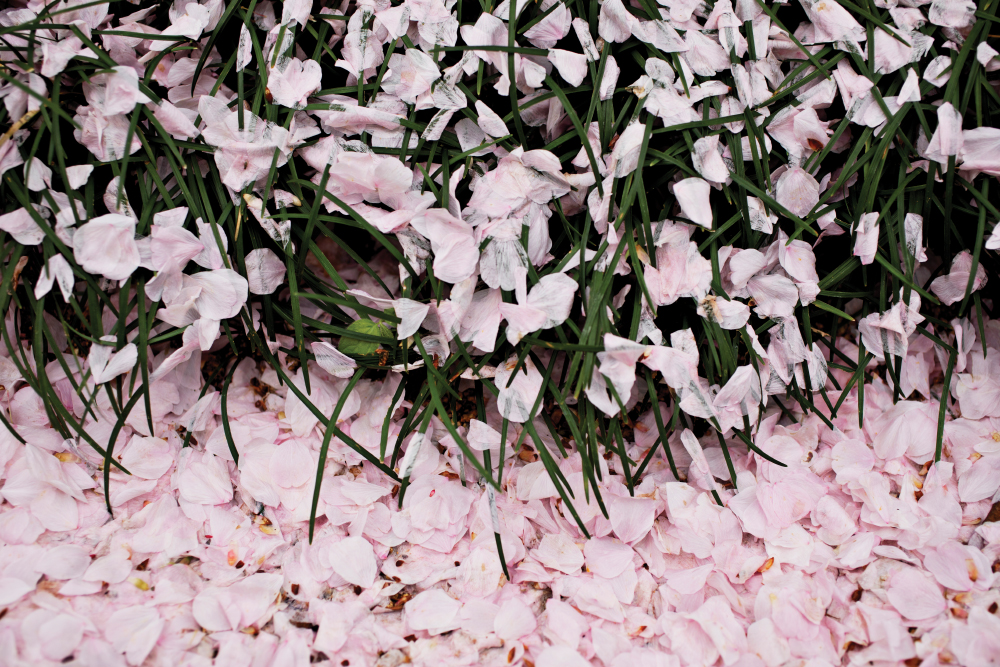

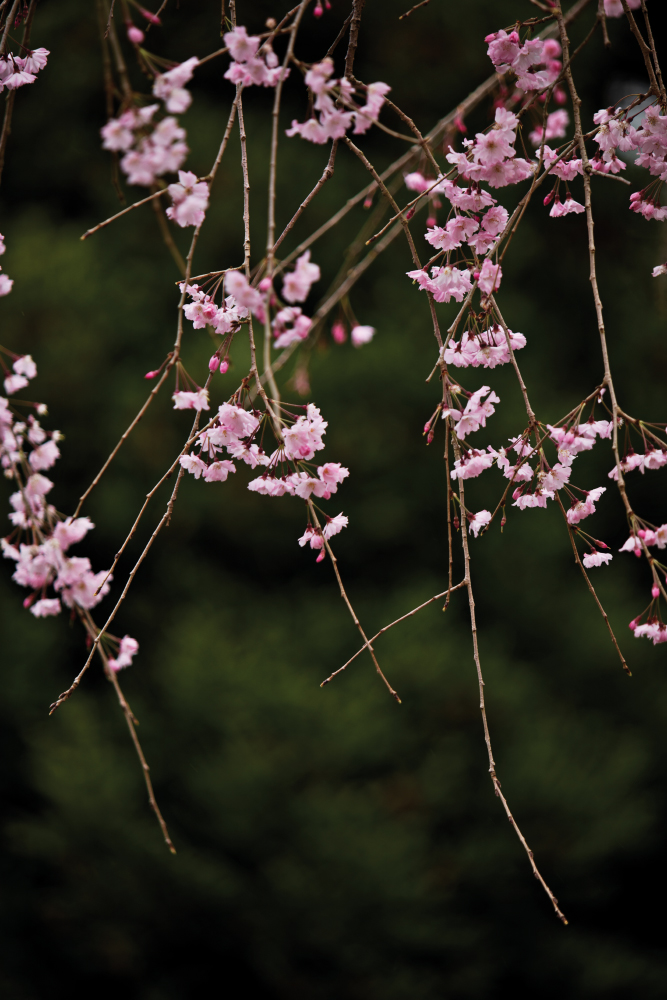

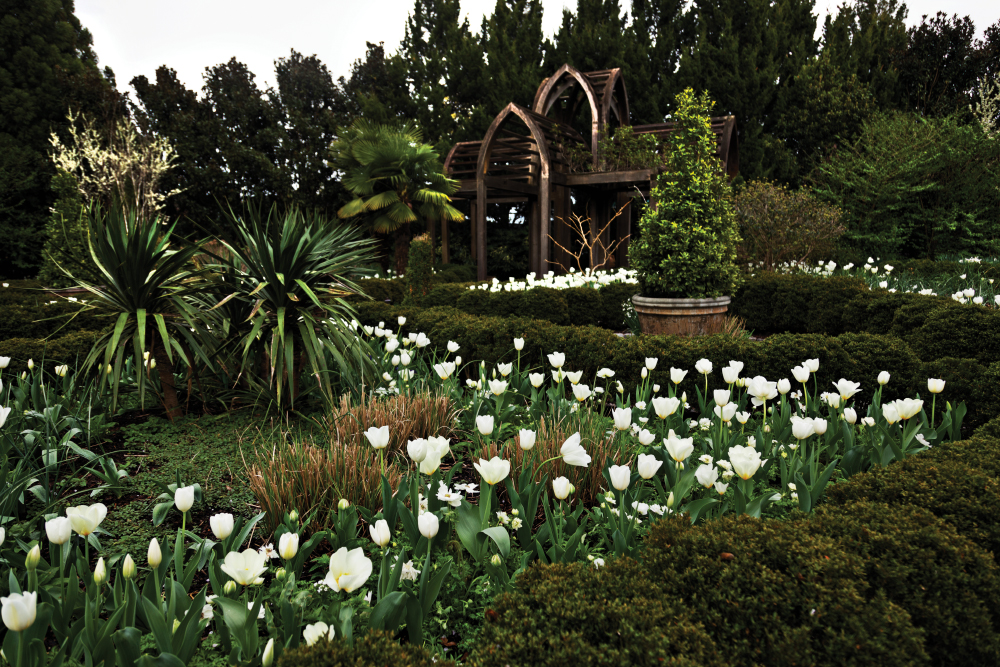
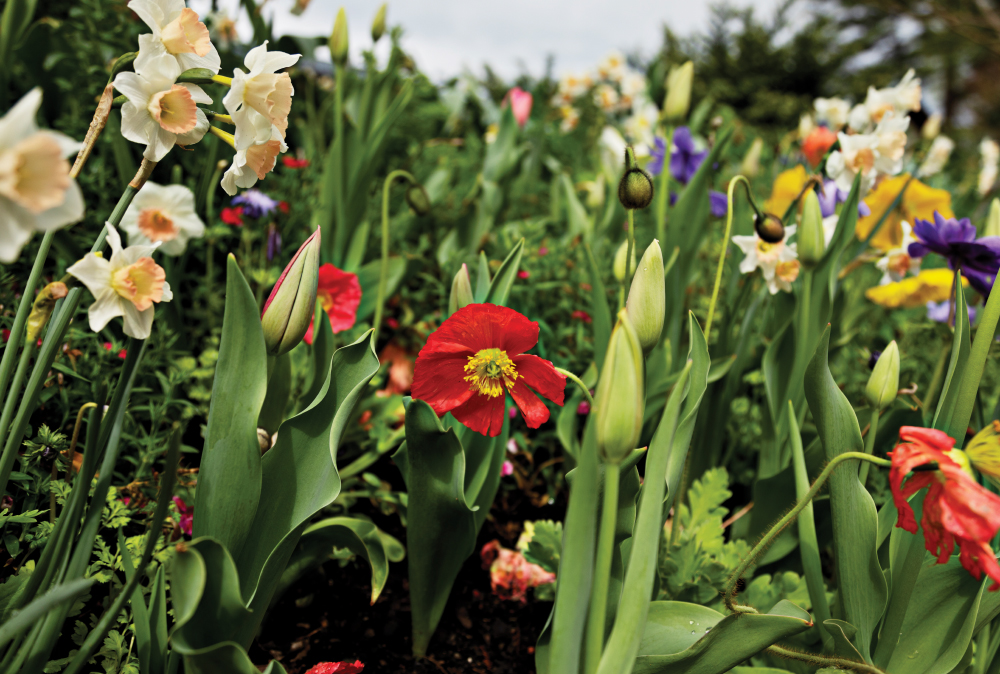

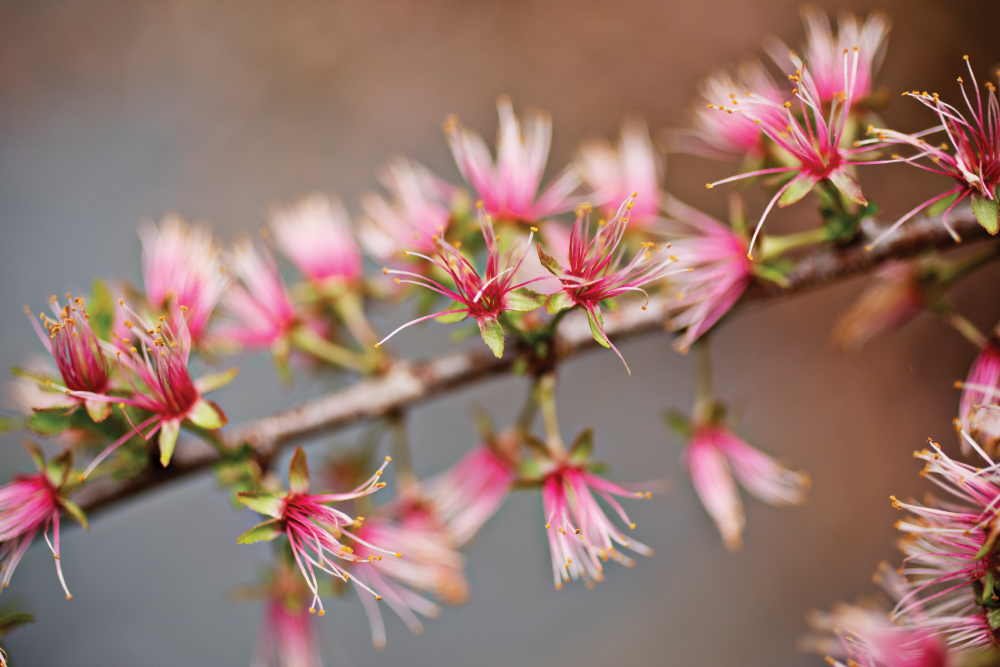
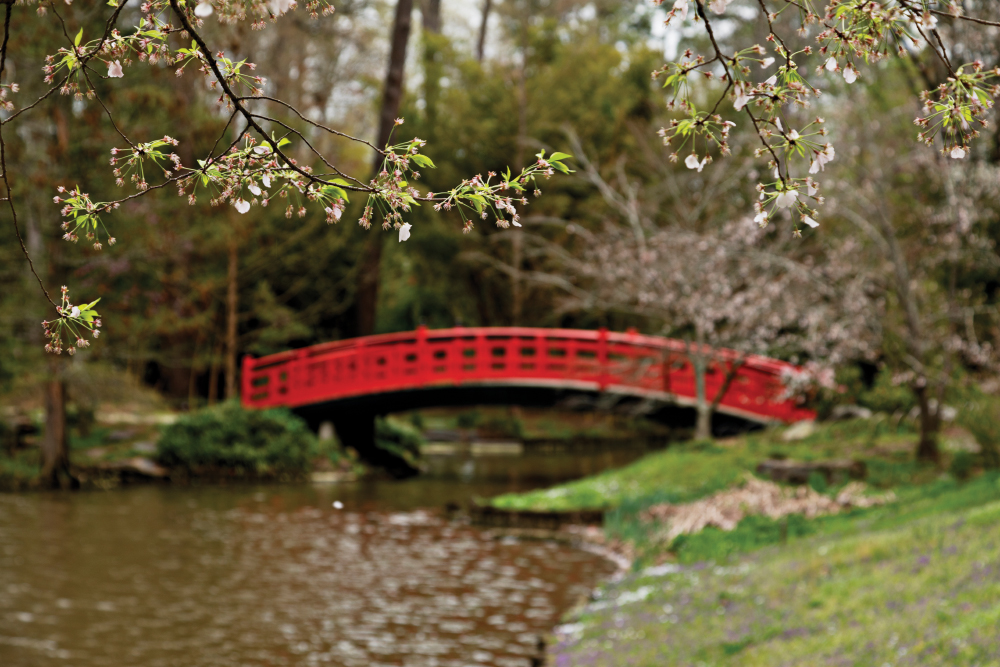
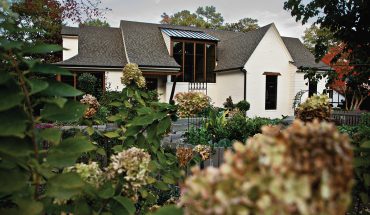
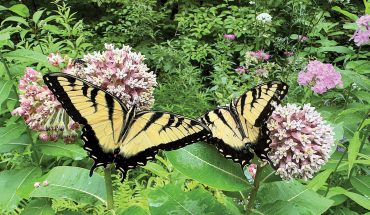
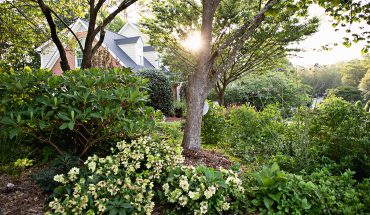
Pingback: 20 Things to do in March In and Around Raleigh - WALTER Magazine